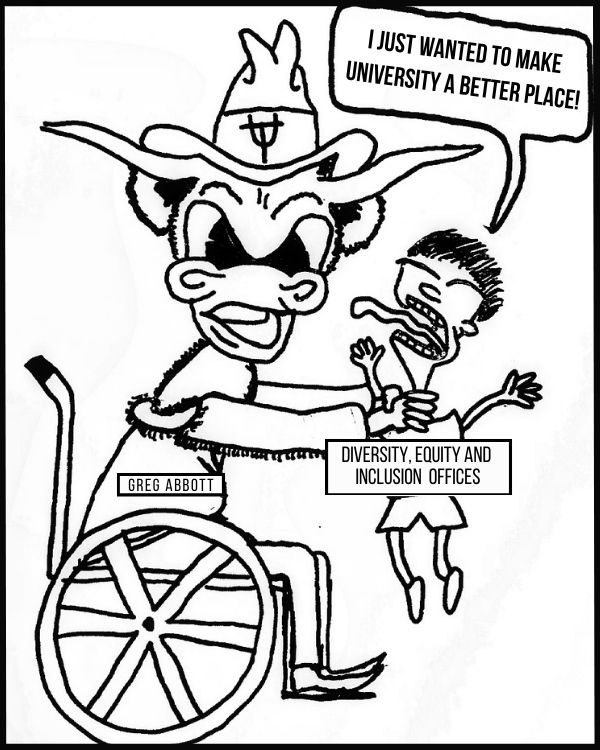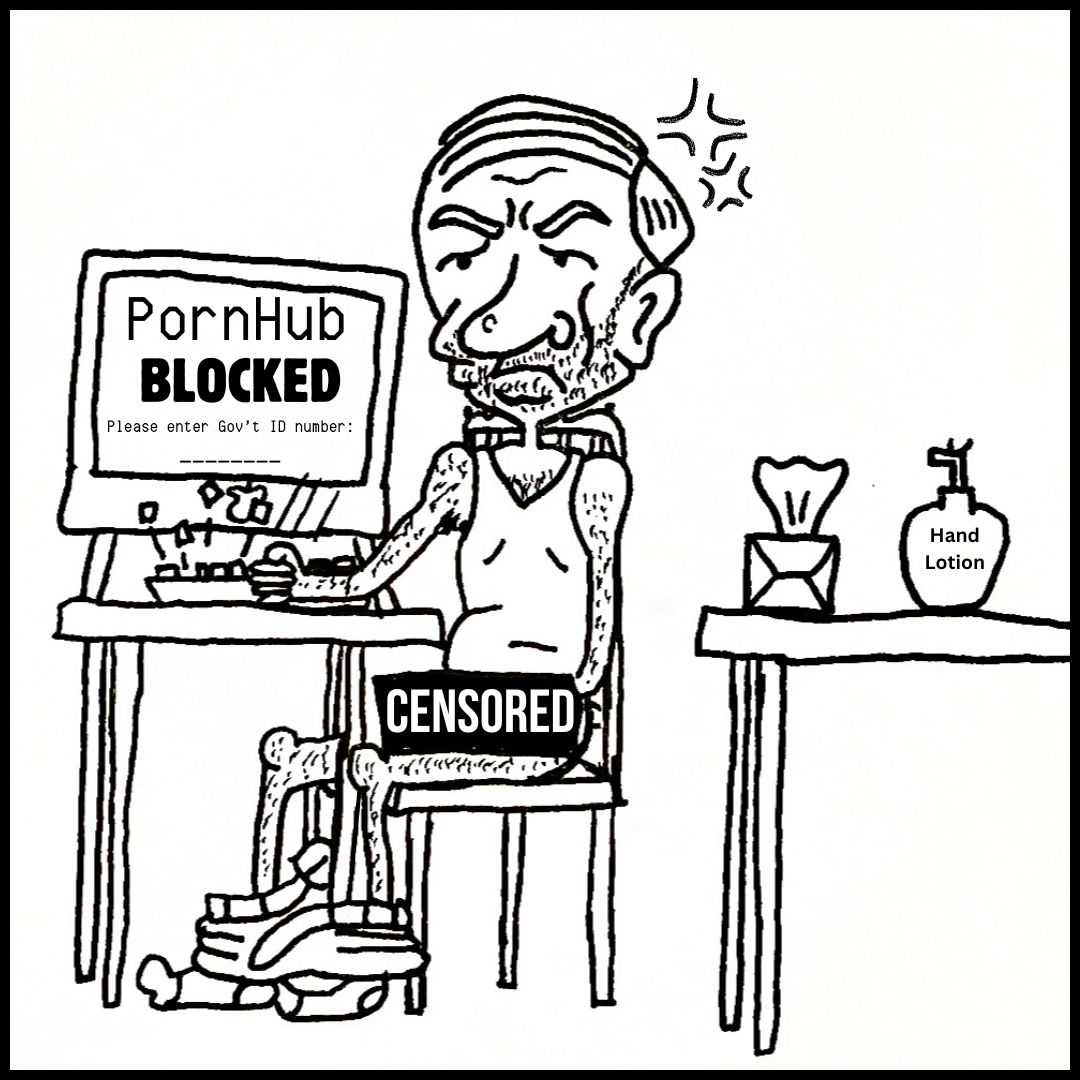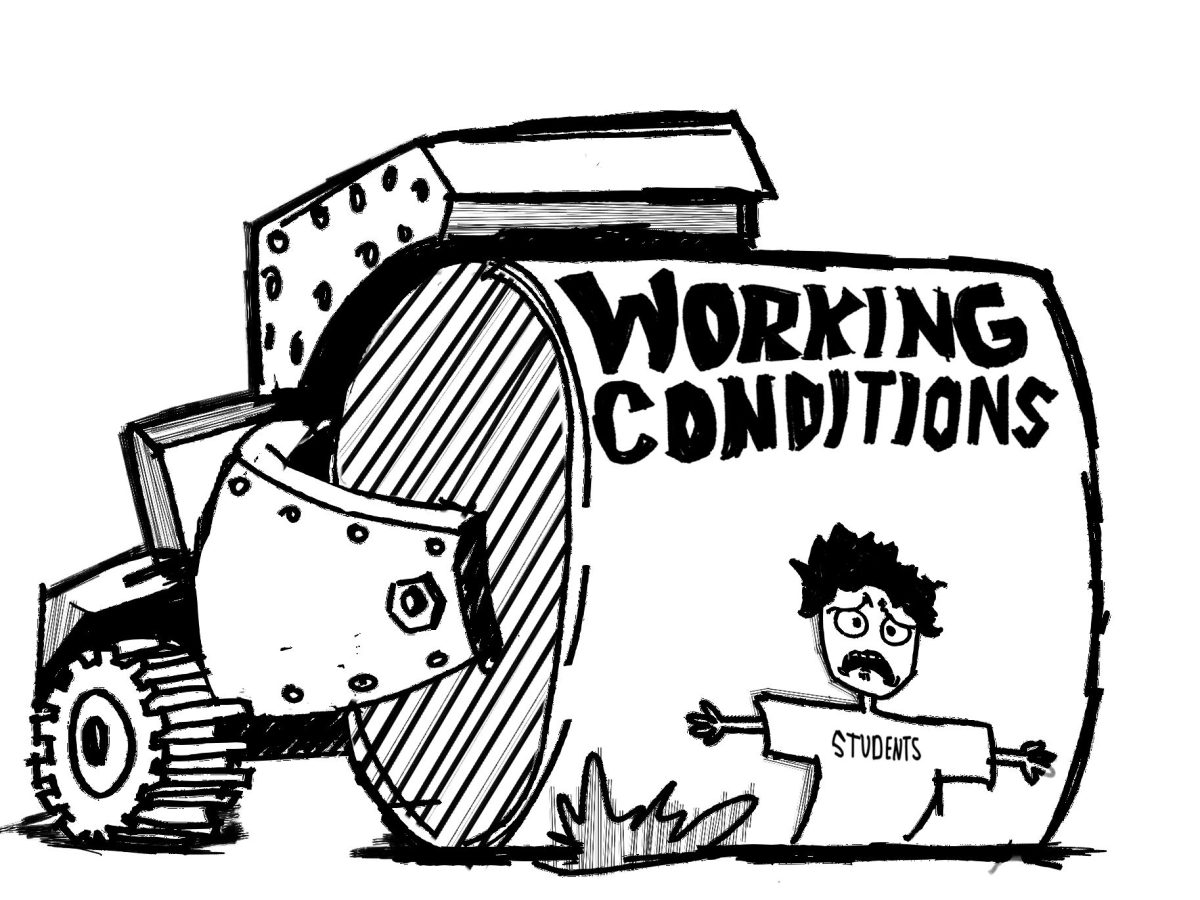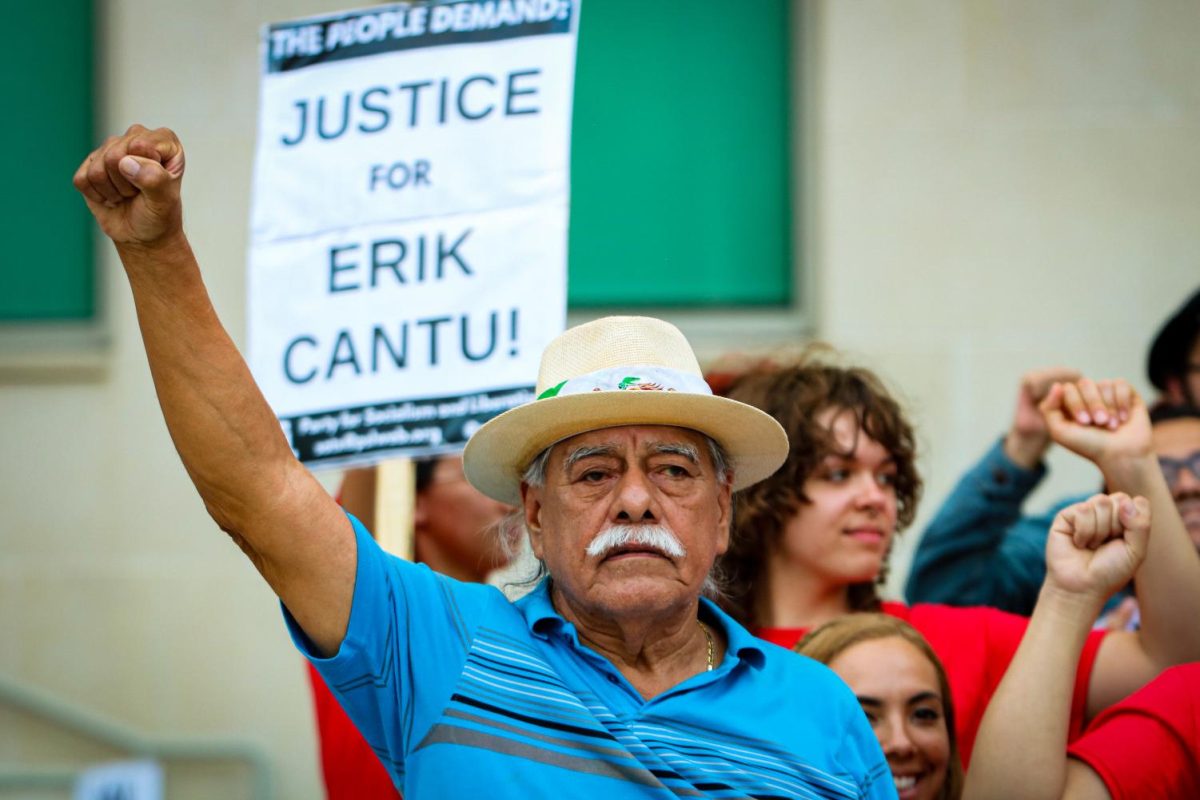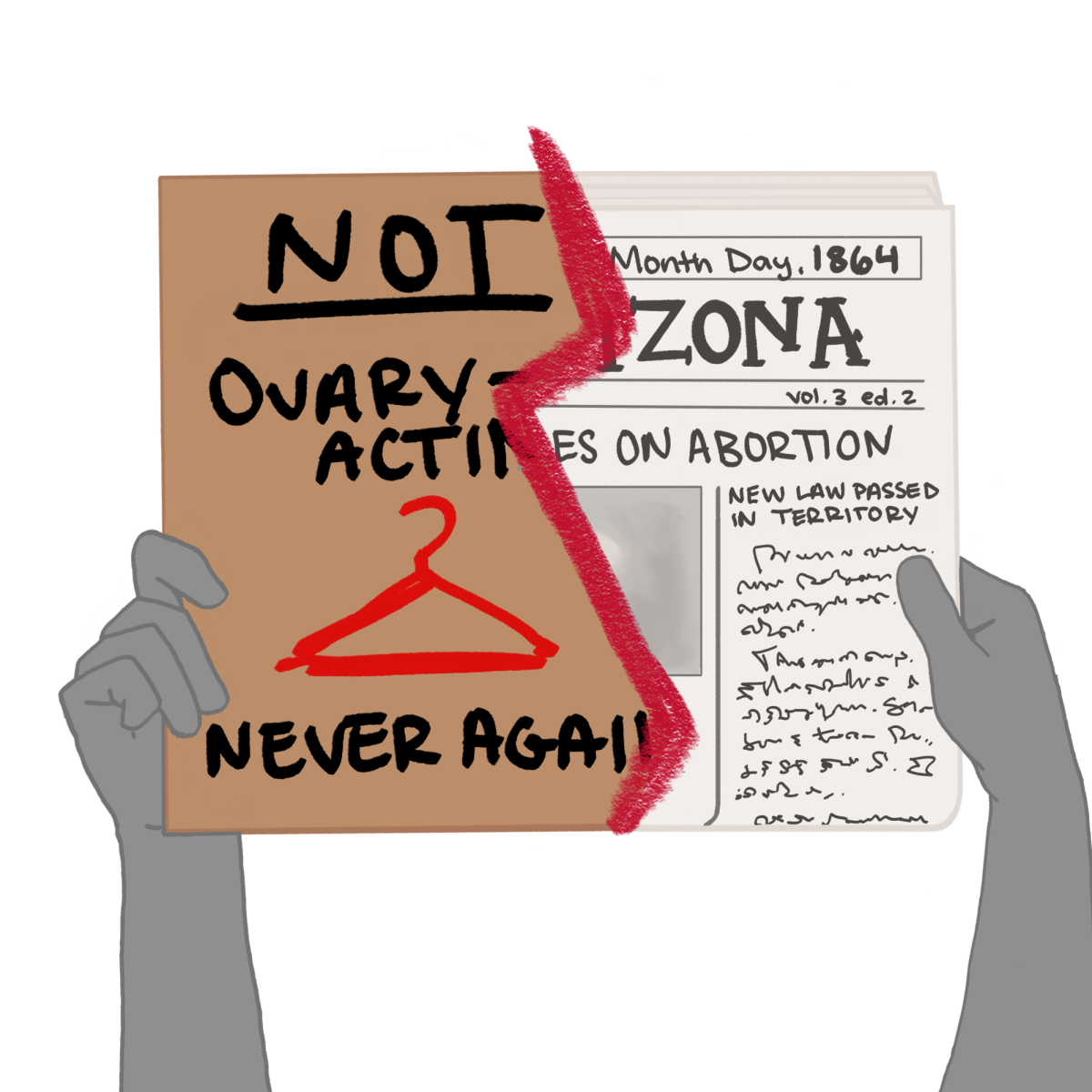On the same day that 18 year-old Abdul Artan, an Ohio State University student, injured and hospitalized nearly a dozen people — ramming his car into a group of pedestrians on campus before attacking them with a butcher knife — a judge granted Dylann Roof’s motion to act as his own legal counsel.
Roof, 22, is a self-avowed white supremacist accused of murdering nine worshippers in the basement of a black church in Charleston, South Carolina in June of 2015.
Artan was shot dead by a campus police officer during the OSU attack, and Roof is facing the death penalty for a federal hate crime and separate murder charges brought by the state of South Carolina. These two alarming stories shared news coverage as Americans went back to school and work after the Thanksgiving holiday.
These acts of mass violence are a bizarre, macabre norm in the United States. We have grown accustomed to the shocking headlines, the large numbers of casualties and the gut-wrenching interviews with victims’ families that follow these horrific acts. Columbine, Sandy Hook, Pulse nightclub, Virginia Tech, San Bernadino, UC Santa Barbara, the Dark Knight Rises premiere in Aurora, Colorado – the list goes on and on.
After the Charleston church shooting, President Obama addressed the nation with a heavy heart.
“At some point, we as a country will have to reckon with the fact that this type of mass violence does not happen in other advanced countries. It doesn’t happen in other places with this kind of frequency,” he said.
Mass murder is as American as apple pie.
The motivation for these crimes vary; racism, domestic terrorism, religious extremism, homophobia, a senseless desire for notoriety, rejection from sorority girls and isolation from peers all have inspired a diverse group of evildoers to kill random, innocent people. In the immediate aftermath of these rampages, Americans call for policy change:
Stricter gun control?
More expansive Second Amendment rights?
Mental healthcare reform?
Censorship of heavy rock music?
More vigilant monitoring of social media?
Less media attention in the aftermath so potential copycats aren’t encouraged to act similarly?
And yet little change is made, and the killing continues.
While each of these instances of rampage violence has their own sinister motive, they have one thing in common: men committed them all.
The demographics of mass shooters convey how inextricably bound gender and violence are to one another. In the past 30 years, all but one of the mass murders in the U.S. were committed by men.
The OSU attacker was from Somalia and allegedly motivated by religion, so some might ignore the cultural ideas surrounding gender, power and rampage violence; when national politicians respond to these incidents, they’re quick to note the attacker’s immigration status or religion but ignore the glaringly obvious fact that America has a problem with toxic masculinity. According to CNN, men commit 90 percent of murders in the U.S.
Glorifying and participating in violence is a part of the American male’s childhood and occurs through media, video games and playground interactions. As a society, we tell young boys that it is better to be mad than sad and that boys don’t cry. When President-elect Trump boasted about committing sexual assault, his son justified his comments by saying that that’s simply how “alpha males” speak to each other. Men are expected to perform masculinity – to be tough, objectify women and dominate “betas.” We discourage boys and men from expressing their feelings and then are shocked when they direct them in a violent and murderous way.
If men cannot express their emotions in a healthy way, these bouts of violence will persist.
Of course these issues are complex and complicated further by race, religion and accessibility to guns – but we cannot keep ignoring gender and expect the killing to stop.







